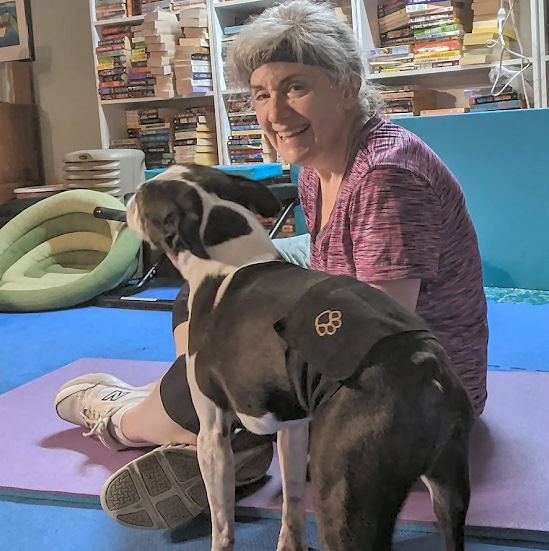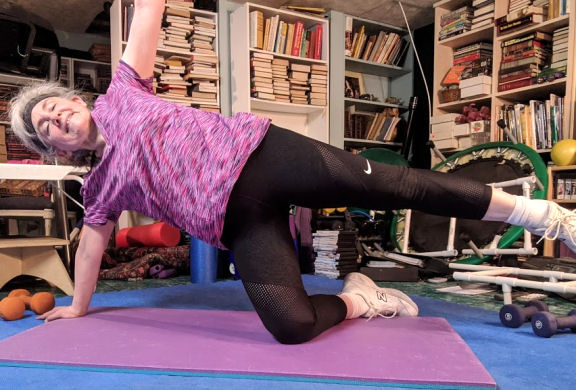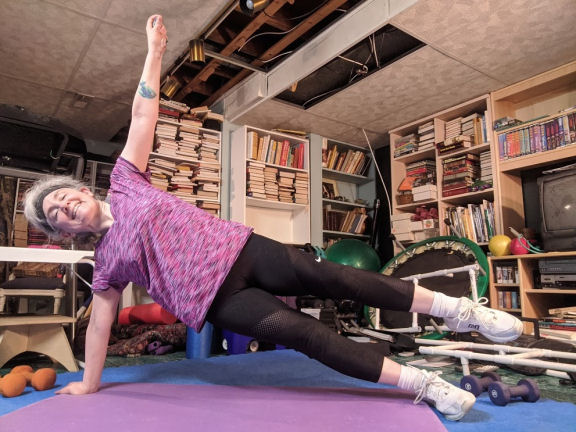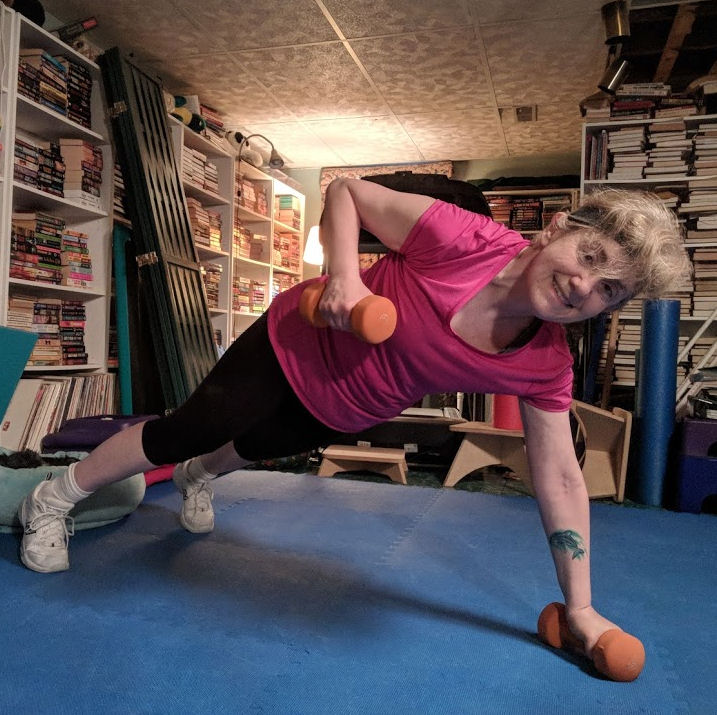Like it or not, these are anxious times. We’re all dealing with anxiety. From millennials to Gen-Xers to us Baby Boomers. We all have to develop our own ways of coping with anxiety in the real world – our world. Your world is different than mine, so you have to find your own way of coping with your stress and anxiety.
Techniques for coping with anxiety
But, there are techniques that we can all use to cope with our separate anxieties.
Experts tell us to be more mindful and that will help us cope with stress. But, what does that really mean?
Be mindful
Being mindful to me is to pay attention to the things around me. Inside – to my work, my family, my dogs. And outside – to traffic and sounds, of course, but also to the trees, the birds, the people walking.
Experts will tell you about meditation, breathing exercises and other techniques as they relate to mindfulness. But, for me, if I just take a breath, and try to remember all the joy in my own life, the anxieties of the real world kind of fade. They don’t go away altogether, which is OK – after all, we do live in the real world so it has to have a presence in my life – but the stress is manageable. I’ve also talked about how exercise helps me conquer my anxiety.
What can I really do
If I’m stressing about the situation in Ukraine, then taking a moment to focus on what’s really going around me will make me realize that I can’t stop the Russian forces on my own. That moment allows me to take a step back and focus on the steps I can actually take to help the Ukrainian people.
Coping with anxiety in my real world
If I’m stressing about something closer to home, then taking that moment lets me focus on the steps I can take to solve the problem. And if I can’t solve the problem myself, that moment lets me figure out who to ask to help me.
If you’re anxious and stressed, and if you can’t tune out the world for a moment, definitely try those techniques the experts recommend. But try to just … be … for a little while.










